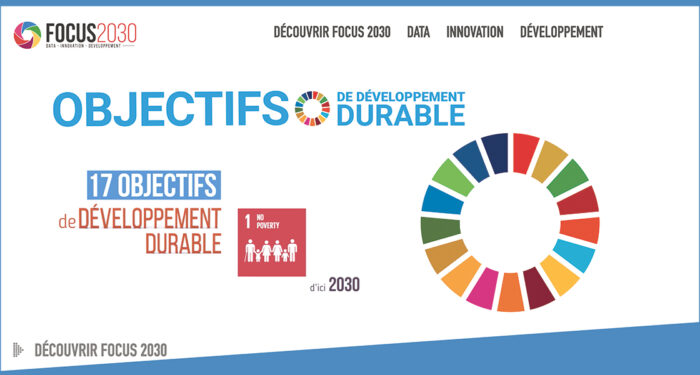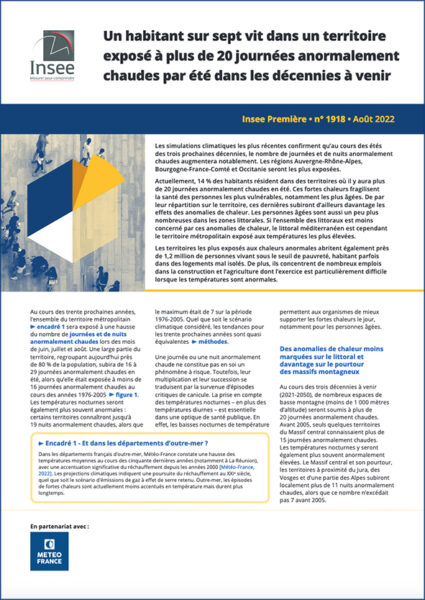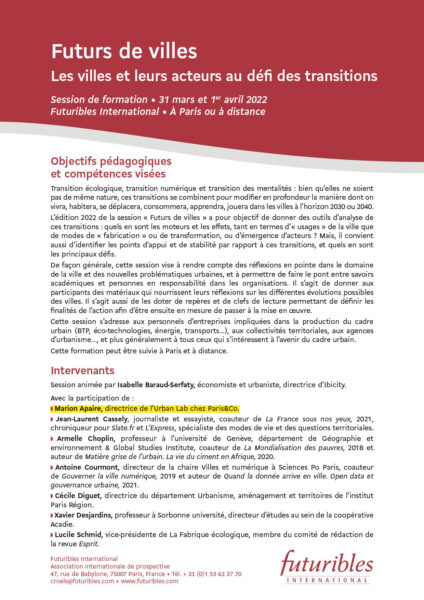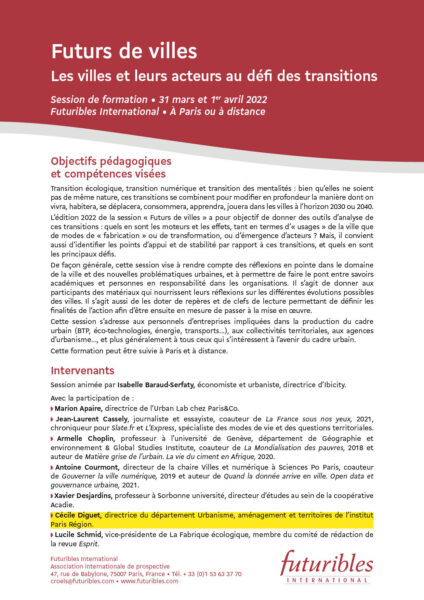How are we to rethink the European city today and direct it on to a path of more sustainable development? David Mangin, the author of a standard reference work on the mechanisms that led to the emergence of “unsustainable” cities (La Ville franchisée. Paris: Éditions de la Villette, 2004) offers here various lines of thinking for the benefit of decision-makers in the public realm – and particularly in the field of town planning.
After reminding us of the mechanisms that led to the totally car-dominated “franchized city”, of which the great North American cities are particularly emblematic, he identifies the lines of action to be taken to reverse this trend (in terms of infrastructures, choice of housing, organization of space). He does this on at least two levels: the basic ville passante (sometimes translated as “busy city”, the concept implies open flows between areas and a predominance of walking and cycling) and the metropolis. The key thing today is to limit urban sprawl by optimizing the underused spaces in cities and their inner suburbs, and by rendering inter-urban relations between the suburbs of the great metropolises more fluid, while taking into account the particularities of each individual area.
The Great European Cities in the Post-Crisis Period
Cet article fait partie de la revue Futuribles n° 354, juil.-août 2009



